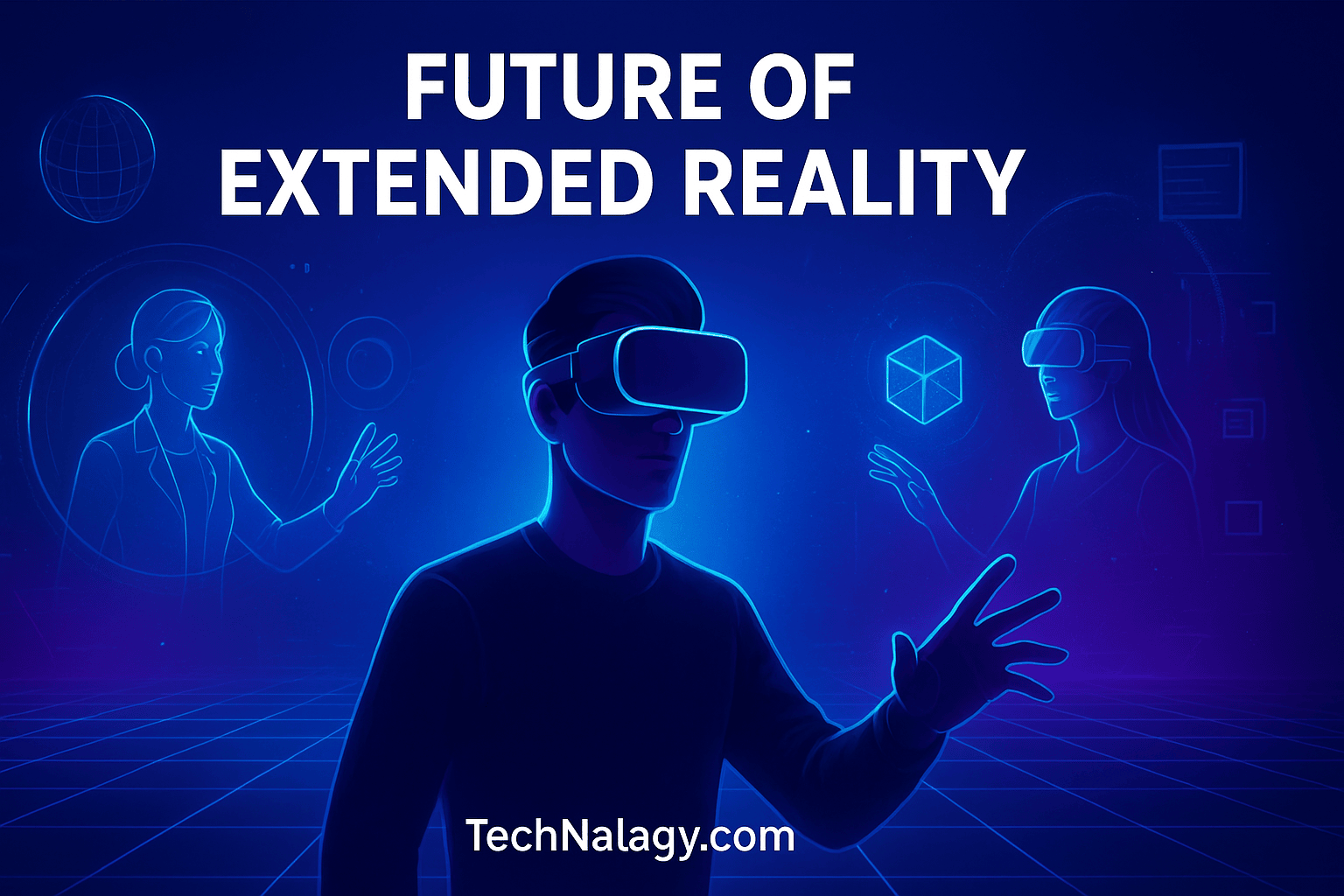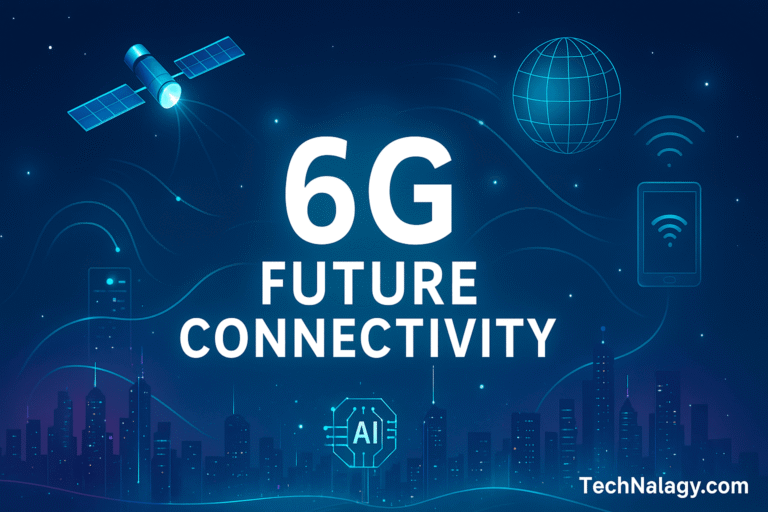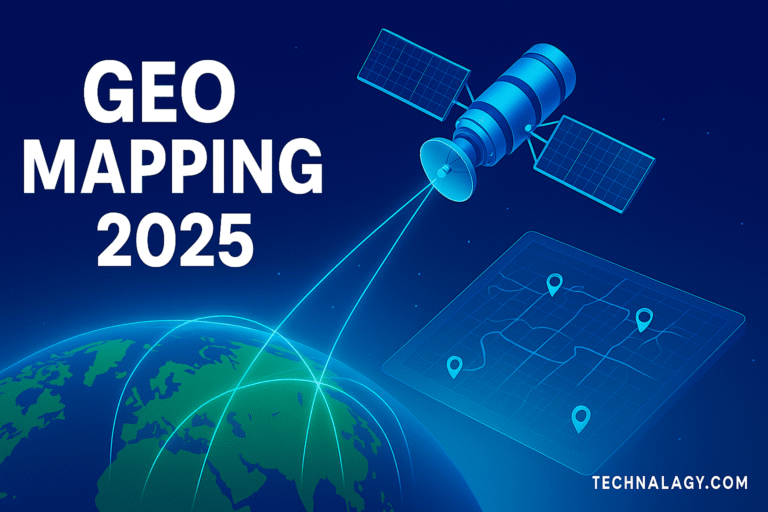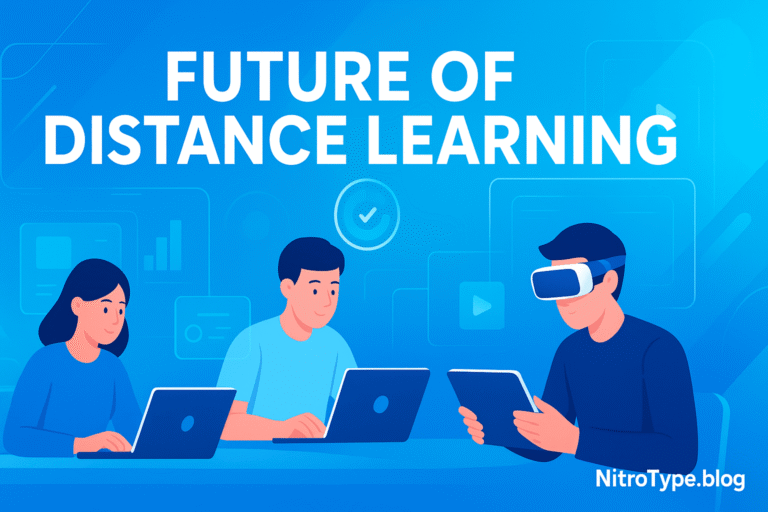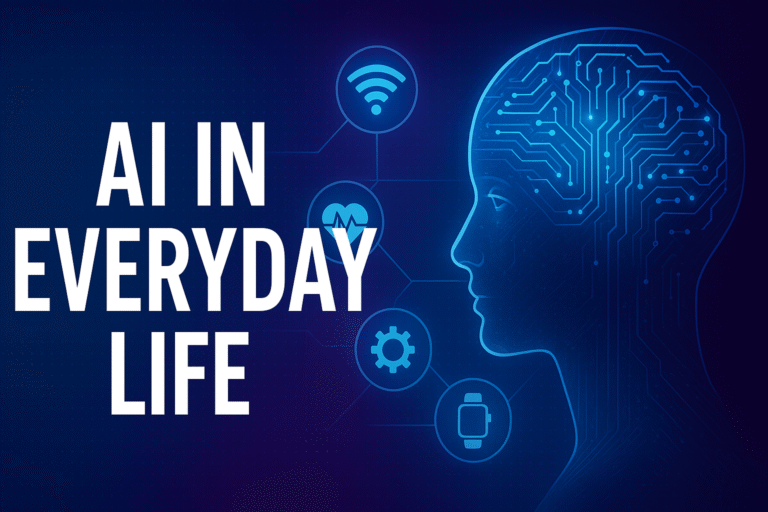What is Extended Reality? Benefits, Use Cases, and Future Trends (2025 Guide)
Introduction
Technology is advancing at a pace faster than ever before, and one of the most exciting innovations shaping our digital future is Extended Reality (XR). From immersive virtual games to life-saving medical simulations, XR is breaking the boundaries between the digital and physical worlds. In 2025, businesses, educators, and consumers are all discovering how XR can revolutionize how we work, learn, and interact.
This comprehensive guide will explain what Extended Reality is, its key benefits, real-world applications, and future trends that will define the next decade.
Table of Contents
What is Extended Reality?
Extended Reality, commonly abbreviated as XR, is an umbrella term that encompasses Virtual Reality (VR), Augmented Reality (AR), and Mixed Reality (MR). Together, these technologies blend the physical and digital environments, allowing users to experience interactions that were once confined to science fiction.
- Virtual Reality (VR): Fully immersive digital environments where users can explore computer-generated worlds.
- Augmented Reality (AR): Digital overlays added to the real world, such as smartphone AR filters or AR-based shopping apps.
- Mixed Reality (MR): A combination of VR and AR where digital and physical objects coexist and interact in real time.
The XR industry has grown rapidly in recent years, fueled by advances in 5G, artificial intelligence, and cloud computing. In 2025, XR is no longer a niche innovation—it is becoming an essential tool across industries.
Types of Extended Reality
Virtual Reality (VR)
Virtual Reality transports users into a fully digital space. Popular in gaming, VR also serves industries such as aerospace, healthcare, and defense. From pilot simulations to therapy for PTSD, VR enables safe, immersive experiences.
Augmented Reality (AR)
AR enhances real-world environments with digital elements. A simple example is AR navigation on smartphones or wearable glasses that project directions in front of you. Retailers use AR to let customers “try on” clothes or see how furniture fits into their homes before purchase.
Mixed Reality (MR)
Mixed Reality takes XR a step further by blending digital and physical worlds seamlessly. For example, engineers can manipulate 3D holograms while still interacting with real tools, allowing for groundbreaking advances in product design and collaboration.
Benefits of Extended Reality
The adoption of Extended Reality brings tangible benefits to individuals and businesses alike.
- Enhanced Engagement and Immersion – XR enables deeper connections with digital content, increasing user engagement in learning, training, and entertainment.
- Remote Collaboration and Communication – Teams can meet in immersive virtual spaces, enhancing productivity for remote and hybrid workforces.
- Cost Savings – XR reduces costs for training, travel, and product prototyping by offering realistic simulations.
- Improved Customer Experience – Retailers and service providers use XR to personalize customer journeys and build loyalty.
- Innovation Opportunities – XR opens new avenues for creativity, from designing futuristic products to reimagining healthcare delivery.
Use Cases of Extended Reality Across Industries
Healthcare
Extended Reality is revolutionizing healthcare by providing surgical simulations, enabling medical students to practice complex procedures safely. XR also supports telemedicine, where doctors consult patients virtually, and therapeutic applications, such as VR-based pain management and rehabilitation exercises.
Education and Training
Classrooms are evolving into interactive XR spaces where students explore ancient civilizations in VR or practice chemistry in simulated labs. Corporations also use XR for employee training, reducing risks and boosting engagement.
Entertainment and Gaming
Gaming remains one of the largest XR markets, but it goes beyond fun. Virtual concerts, immersive storytelling, and live sports experiences are bringing fans closer to their passions than ever before.
Retail and E-Commerce
From virtual fitting rooms to AR-based shopping assistants, Extended Reality is transforming retail by bridging the gap between online and offline experiences. Shoppers can now visualize products in real-world settings before making a purchase.
Business and Remote Work
The rise of hybrid work has pushed companies to adopt XR-driven solutions, such as virtual meeting rooms and digital twins that replicate real-world workplaces for enhanced collaboration.
Manufacturing and Engineering
XR streamlines the design and production process. Engineers use XR for digital prototyping, while manufacturers deploy XR simulations to train workers on equipment safety, reducing workplace accidents.
Future Trends in Extended Reality (2025 and Beyond)
Extended Reality is set to become even more powerful as it merges with other disruptive technologies.
- AI-Powered XR: Artificial intelligence is enhancing XR experiences by making them adaptive and personalized.
- 5G and Cloud Integration: Faster connectivity enables smoother, real-time XR experiences across devices.
- Metaverse Expansion: XR is the backbone of the metaverse, creating interconnected digital ecosystems.
- Smart Cities and IoT: XR will help visualize data in urban planning and integrate with Internet of Things devices.
- Mainstream Adoption: By 2025, XR is expected to move from niche applications into everyday life, from healthcare checkups to shopping experiences.
For more on the broader landscape, check out this guide on emerging tech trends in 2025.
Challenges and Considerations
While XR promises significant benefits, challenges remain:
- High Development Costs: XR content and hardware can be expensive for businesses to adopt.
- Hardware Limitations: Headsets and devices need to become lighter, cheaper, and more accessible.
- Privacy and Security Concerns: Collecting spatial and biometric data raises ethical questions.
- Accessibility Issues: Ensuring XR is inclusive for people with disabilities remains an industry challenge.
Conclusion & Key Takeaways
Extended Reality is no longer just a futuristic idea—it is reshaping how we live, work, and play in 2025. From revolutionizing healthcare and education to redefining shopping and entertainment, XR is a transformative force across industries.
As the technology matures, we can expect deeper integration with AI, 5G, and the metaverse, making XR a daily part of our lives. According to a PwC report on VR and AR, Extended Reality could contribute trillions to the global economy by 2030—a clear sign that XR is not just a trend but a cornerstone of the digital future.
Key takeaway: Extended Reality is the bridge between the digital and physical worlds, and its potential in 2025 and beyond is limitless.

Kamran Khatri is the founder of technalagy.com, where he shares insights on AI, future tech, gadgets, smart homes, and the latest tech news. Passionate about making innovation simple and accessible, he writes guides, reviews, and opinions that help readers stay ahead in the digital world.

